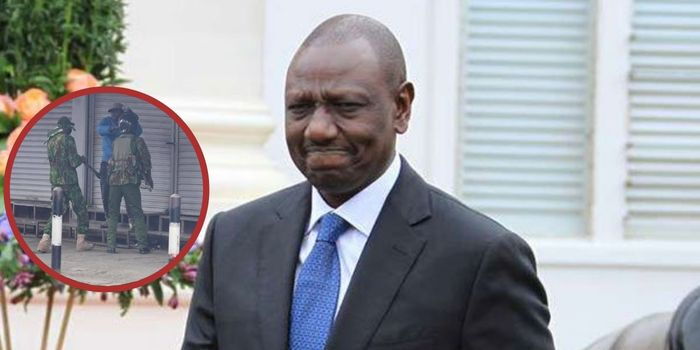What Western Designers Don't Get About Indian Mirror Embroidery
/filters:format(webp)/elle-india/media/media_files/2025/06/18/sc1-525774-bf5135bb.jpg)
It’s a pattern we’ve seen before. Remember when the Scandinavian fashion crowd turned the traditional bandhani-draped dupatta into a 'scarf moment'? Or when mass brands reduced block prints to paisley decals? Mirror work now risks the same flattening: turned into flash without feeling.
/filters:format(webp)/elle-india/media/media_files/2025/06/18/Screenshot%20(752)-9cef04bf.png)
This isn’t about gatekeeping Indian design, it’s about honouring it. Because when Indian designers like Arpita Mehta, Abhinav Mishra, Abu Jani Sandeep Khosla, Manish Malhotra, or even smaller labels like Jaipur’s Swati Ubroi work with Aabhla, the result is layered. It sparkles, yes, but it also breathes history. Each stitch is intentional, balanced with threadwork, anchored by context. Compare that to some recent Western iterations that resemble a disco ball in distress.
/filters:format(webp)/elle-india/media/media_files/2025/06/18/embroidery-fabrics-light-brown-thread-with-foil-mirror-work-small-motif-embroidery-on-light-brown-organza-fabric-38281817194750-097d4a6b.jpg)
It’s not just the visual mismatch, it’s also the material. Mirror work needs a sturdy, breathable fabric as a base: traditionally cotton, silk, or khadi. When it’s slapped onto synthetic blends with zero drape, it puckers, it sags, it looks cheap. Even worse is the use of plastic 'mirror-effect' sequins instead of real glass, a shortcut that misses the point entirely.
/filters:format(webp)/elle-india/media/media_files/2025/06/18/inkritinew2535_result-83f1322b.jpg)
And let’s not ignore the deeper irony: for years, this very embroidery was dismissed by the global fashion elite as too 'ethnic,' too ornate, too 'wedding wear.' Now, as it becomes trendy, there’s little attempt to understand or even collaborate with the artisans behind it.
/filters:format(webp)/elle-india/media/media_files/2025/06/18/Natasha%20Poonawalla%20%20a%20surreal%20vision%20in%20Abu%20Jani%20Sandeep%20Khosla%20-4b5d7f2e.jpg)
The way forward? If international designers want to play with Aabhla, they should also play fair. Collaborate with Indian artisans. Source responsibly. Treat the work as design, not decoration. Better yet, invite craft clusters to co-create so the embroidery doesn’t just look Indian, it feels Indian.
/filters:format(webp)/elle-india/media/media_files/2025/06/18/il_1588xN3305506686bv0x-e922039f.jpg)
Until then, mirror work deserves better than becoming just another boho embellishment on the racks of fast fashion. Because when you take something sacred, textured, and centuries-old, and reduce it to sparkle for sparkle’s sake, you don’t just lose the beauty. You lose the meaning.









